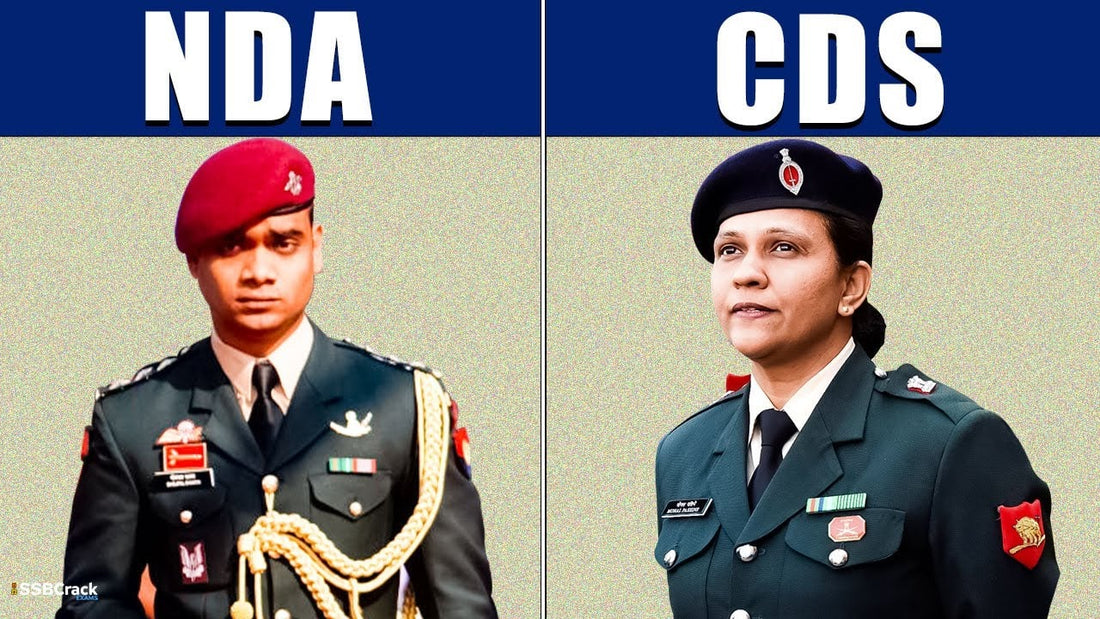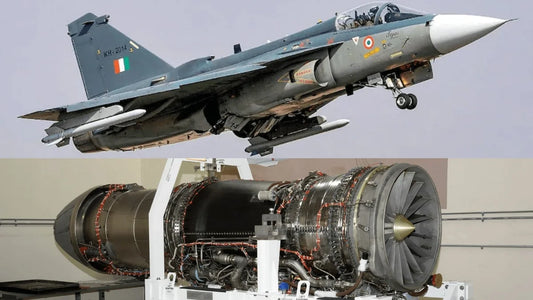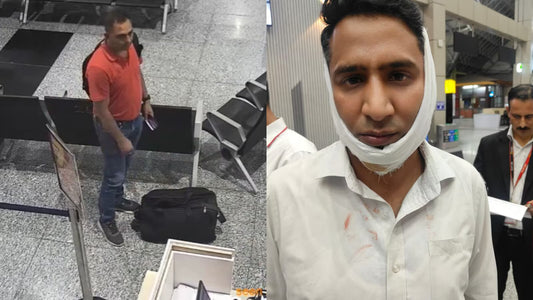Choosing Between NDA and CDS: Understanding Their Paths to Military Officer Commissioning

In India, two notable avenues for aspiring candidates to enter the Indian Armed Forces are the National Defence Academy (NDA) and the Combined Defence Services (CDS) examination. Understanding the distinctions between these two exams is essential for those looking to make informed choices about their military careers. While both examinations offer paths to serving the nation, they cater to different age groups, educational backgrounds, and career goals, each with its own unique purpose.
The NDA and CDS share similarities such as rigorous selection processes and the prestige of military training, yet they differ fundamentally. It is important to explore differences in eligibility criteria, exam patterns, and training processes to evaluate the opportunities each pathway offers future officers in the Indian Armed Forces.
The Indian Armed Forces have a rich tradition of excellence, supported by a recruitment system that has evolved over time. Established in 1954, the NDA became the world’s first tri-service academy, offering integrated training to cadets from the Army, Navy, and Air Force. This institution marked a significant advancement in creating a unified defense strategy and promoting camaraderie among cadets.
In contrast, the CDS was introduced in 1913 to recruit graduates who could bring an educated perspective to the military. The CDS examination aims to integrate a more educated workforce into the armed services, allowing for specialized training for various military roles. The historical development of these examinations highlights their appeal to different demographics, reflecting the Indian Armed Forces' evolving needs.
Eligibility criteria for NDA and CDS differ significantly. For NDA, candidates must have completed or be appearing for Class 12, with an age range of 16.5 to 19.5 years, allowing young individuals to engage in armed forces training soon after secondary education. On the other hand, CDS candidates must be graduates or in their final year of graduation from a recognized university, with age limits generally ranging from 19 to 25 years, varying by academy.
Differences in exam patterns also contribute to the distinct pathways. The NDA exam includes a written examination with Mathematics and General Ability Test (GAT), conducted over five hours with objective questions. Conversely, the CDS exam encompasses objective questions for English and General Knowledge and subjective questions for Mathematics, spanning six hours.
Upon passing written exams, candidates from both pathways undertake a five-day Service Selection Board (SSB) interview. This rigorous process assesses leadership, psychological aptitude, and interpersonal skills, ensuring only the most qualified individuals move forward to training.
Training for NDA cadets spans three years at the academy, followed by an additional year for service-specific training. This joint training approach emphasizes teamwork and collaboration. For CDS graduates, training lasts between 12 to 18 months at respective academies, focusing on specialized needs for each service.
Upon completion, NDA cadets typically receive commissions as Second Lieutenants or Flying Officers, while CDS graduates start as Lieutenants or Flying Officers. Both groups receive a stipend of approximately ₹56,100 per month during training.
Both NDA and CDS examinations are accessible to male and female candidates, promoting gender equality in military service. This inclusiveness represents a progressive shift in the Indian Armed Forces, encouraging diverse representation within its ranks.
Despite serving as pathways into the Indian Armed Forces, the NDA and CDS exams have distinct characteristics catering to different candidate profiles. Both exams are conducted by the Union Public Service Commission (UPSC), ensuring a standardized selection process. The five-day SSB interview remains a common post-exam requirement for evaluating potential officers' aptitude and readiness to lead.
| Feature | NDA | CDS |
|---|---|---|
| Eligibility | Passed or appearing in Class 12 | Graduate from recognized university |
| Age Limit | 16.5 to 19.5 years | 19-25 years (varies by academy) |
| Exam Pattern | Mathematics and GAT (objective, 5 hours) | English, General Knowledge (objective), and Mathematics (subjective, 6 hours) |
| Training Duration | 3 years at NDA + 1 year specialized training | 12-18 months at respective academies |
| Initial Rank | Second Lieutenant/Flying Officer | Lieutenant/Flying Officer |
| Stipend During Training | Approx. ₹56,100/month | Approx. ₹56,100/month |
The challenges in preparing for these competitive exams include high competition and a vast syllabus, which can be daunting for candidates. Structured preparation using resources like SSBCrack and SSBCrackExams offers study materials, competitive books, and online courses that cater to NDA and CDS syllabi. Practicing mock exams and simulated interviews can help candidates build confidence and readiness, addressing both exam pressure and procedural requirements.
The recruitment landscape is continuously evolving, with key trends likely to influence future exams. The integration of technology in examination patterns, such as online tests, may streamline processes and make them more accessible. An increased focus on soft skills in SSB interviews could be emphasized due to modern warfare dynamics. Additionally, the military's emphasis on diversity and inclusion might expand opportunities for women and marginalized communities.
For candidates aspiring to join the Indian Armed Forces, understanding the differences between the NDA and CDS examinations is crucial. Each pathway reflects the educational background and service aspirations of the candidates. Despite differences, both exams aim to produce leaders who can meet the strategic and operational demands of modern military engagements. Utilizing resources like SSBCrack can enhance candidates' preparation, leading to successful careers in military service. As the field evolves, making informed choices and preparing strategically will empower future leaders to excel, embodying the values and commitment of the Indian Armed Forces.



















